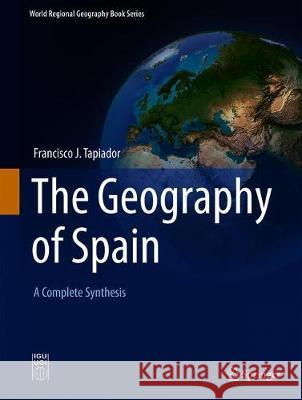The Geography of Spain: A Complete Synthesis » książka
topmenu
The Geography of Spain: A Complete Synthesis
ISBN-13: 9783030189068 / Angielski / Twarda / 2019 / 488 str.
The Geography of Spain: A Complete Synthesis
ISBN-13: 9783030189068 / Angielski / Twarda / 2019 / 488 str.
cena 1004,02
(netto: 956,21 VAT: 5%)
Najniższa cena z 30 dni: 963,86
(netto: 956,21 VAT: 5%)
Najniższa cena z 30 dni: 963,86
Termin realizacji zamówienia:
ok. 22 dni roboczych
Dostawa w 2026 r.
ok. 22 dni roboczych
Dostawa w 2026 r.
Darmowa dostawa!
Kategorie BISAC:
Wydawca:
Springer
Seria wydawnicza:
Język:
Angielski
ISBN-13:
9783030189068
Rok wydania:
2019
Wydanie:
2020
Ilość stron:
488
Waga:
2.16 kg
Wymiary:
27.9 x 21.0
Oprawa:
Twarda
Wolumenów:
01











